Lecture 1 :13th and 14th century
0.0(0)
Card Sorting
1/14
There's no tags or description
Looks like no tags are added yet.
Study Analytics
Name | Mastery | Learn | Test | Matching | Spaced |
|---|
No study sessions yet.
15 Terms
1
New cards
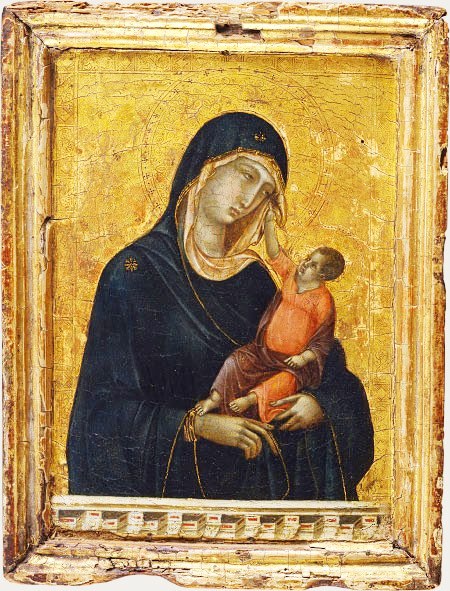
Madonna and child
Duccio di Buoninsegna, C. 1290-1300, tempera and gold on wood
2
New cards
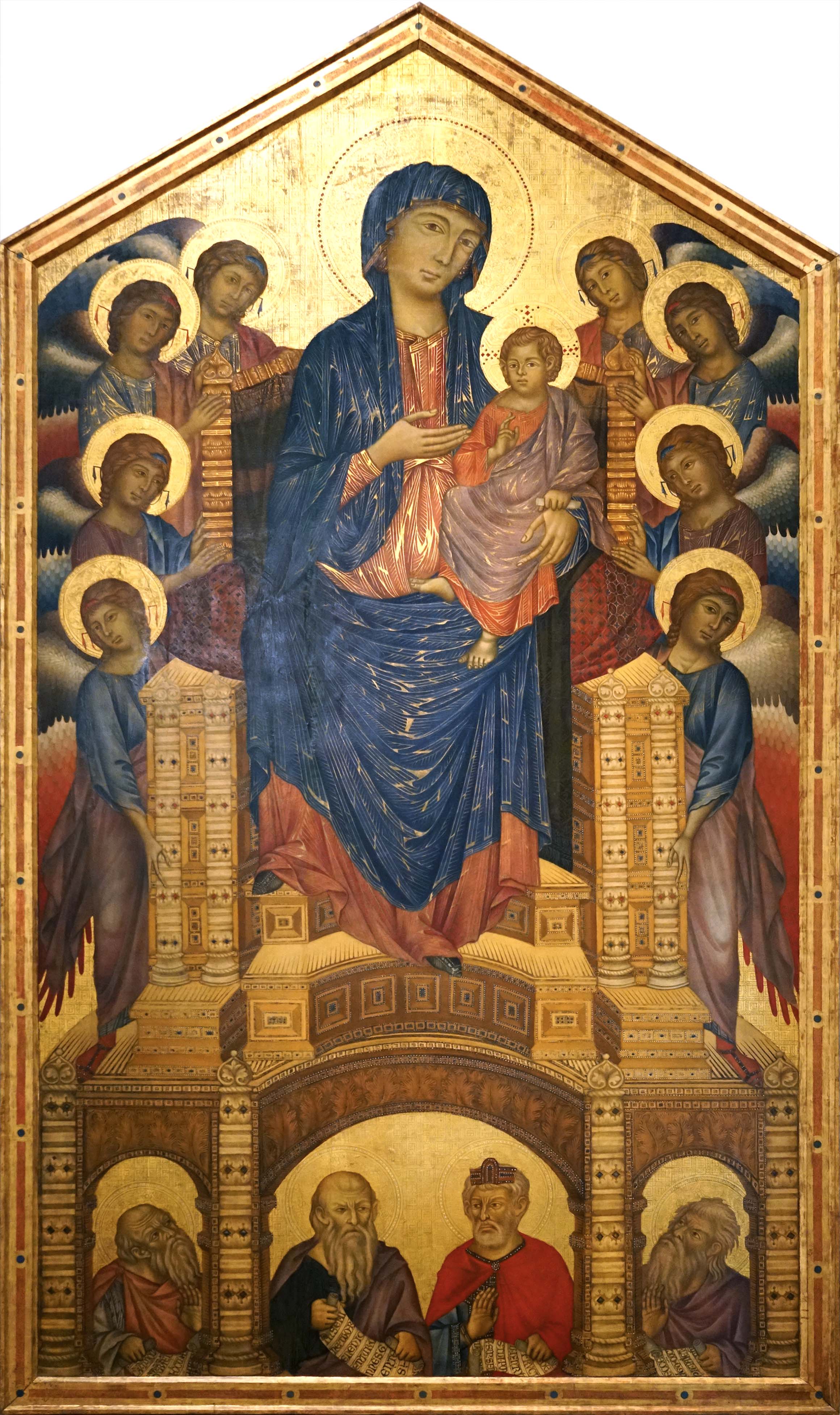
Virgin and Child Enthroned
Cimabue, 1280, tempura and gold on wood
3
New cards
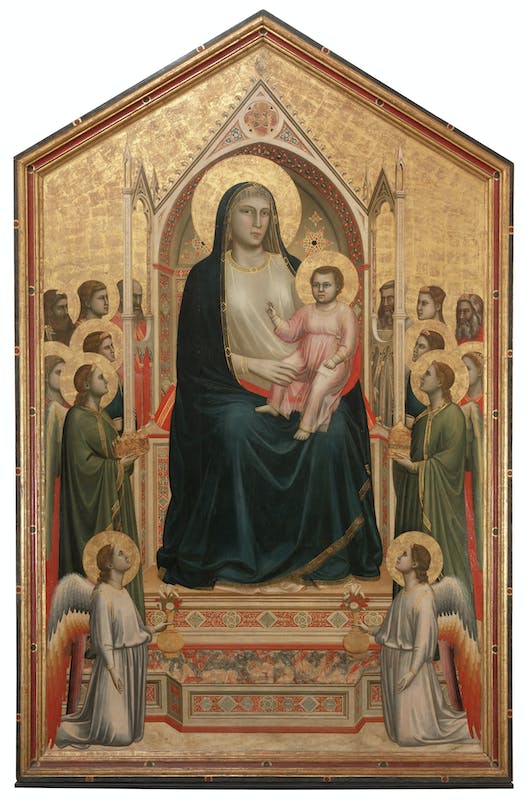
Virgin and Child Enthroned
Giotto di Bondone, 1305-1310, tempera gold and wood
4
New cards
Francesco Petrarch
Known as the father of Renaissance Humanism. He lived from 1304-1374 as a cleric and committed his life to humanistic pursuits and careful study of the classics. He resisted writing in the Italian vernacular except for his sonnets, which were composed to his "lady love" who spoke no Latin.
5
New cards
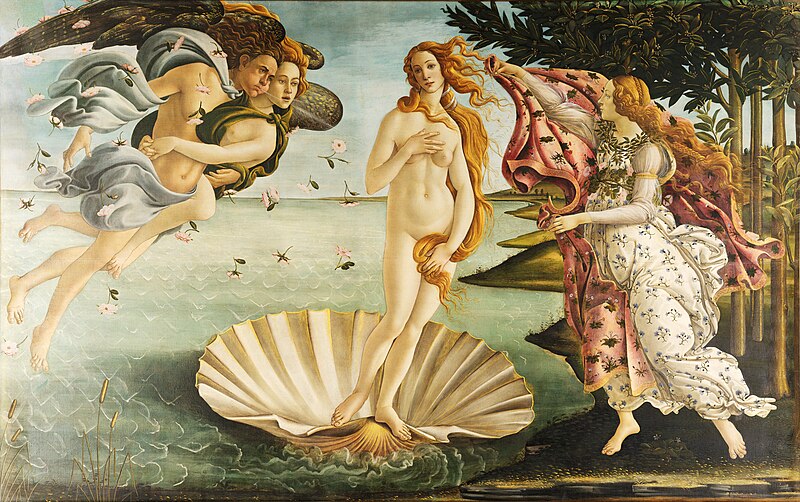
Birth of venus
Sandro Botticelli. c. 1484-1486 C.E. Tempera gold on canvas.
6
New cards
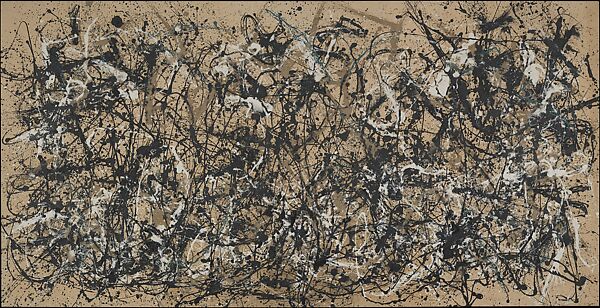
Autumn Rythm (No. 30)
Jackson Pollock, 1950, oil on canvas
7
New cards
Iconography
recognizable visuals, figures, and symbols in a visual image
8
New cards
hierarchical scale
The use of scale to indicate relative importance/The most important figure is made the largest
9
New cards
composition
How part of the image relates to the whole
10
New cards
Style
the manner in which the artist portrays his or her subject matter and how the artist expresses his or her vision.
11
New cards
Chiaroscuro
the treatment of light and shade in drawing and painting
12
New cards
Illusionism
the artistic skill or trick of making something look real or 3d
13
New cards
Humanism (Renaissance)
A Renaissance intellectual movement in which thinkers studied classical texts and focused on human potential and achievements
14
New cards
foreground
the part of a work depicted as nearest to the viewer
15
New cards
background
the part of a work depicted furthest from the viewer’s space, often behind the main subject matter